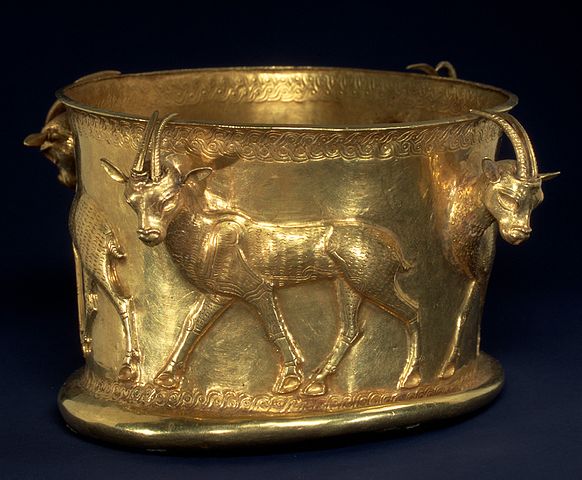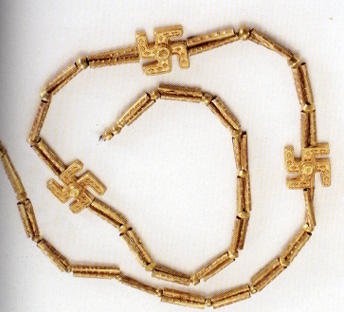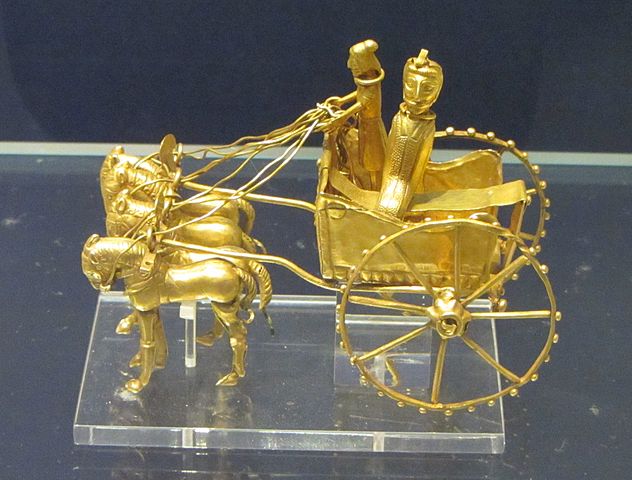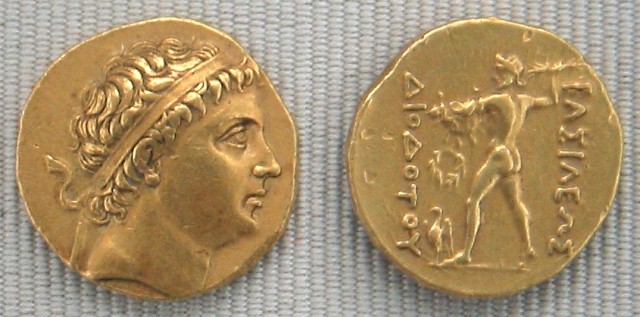
| AMYRGIANS
Scythia and Parthia in about 170 BC (before the Yuezhi invaded Amorges and Bactria)
Approximate historical map of the spread of the spoke-wheeled chariot, 2000 – 500 BC The Amyrgians were the Scythian tribe in closest proximity to Bactria and Sogdiana. They were named for their king Amorges (not to be confused with Amorges, son of Pissunthnes, leader of a Carian rebellion in 413 BC).
Name :
The Amyrgians were called Saka haumavarga ("Haoma-drinking Scythians") in Old Persian, which is a reinterpretation of the personal names Amorges and (H)omarges. The Greek form of their name was Amyrgioi.
History
:
The Amyrgians fought under Cyrus in the Battle of Thymbra of 547 BC. Sparethra’s forces later helped Cyrus conquer yet another opponent: Croesus, whom Cyrus ordered to be set on fire. He eventually changed his mind, and Croesus fell in line behind Cyrus, going on to give him terrible advice that would bring about his demise.
Gallery :
Map of the Median Empire, 600 BC. Amyrgians populated the northern fringes of the Empire reaching from Krazania (Krorän) and India to Europe, e.g. Škudra
Sogdians on an Achaemenid Persian relief from the Apadana of Persepolis, offering tributary gifts to the Persian king Darius I, 5th century BC
Iron Age gold cup from Marlik, kept at the Metropolitan Museum of Art, New York City
Golden necklace of three Swarg (Swastikas) from Marlik, kept at the National Museum, Tehran
Amyrgian-Sogdian-Aryan chariot made during Achaemenid Empire (550 – 330 BC)
A gold coin of Diodotus of Bactria, ca. 250 BC Language
:
Source :
https://en.wikipedia.org/ |
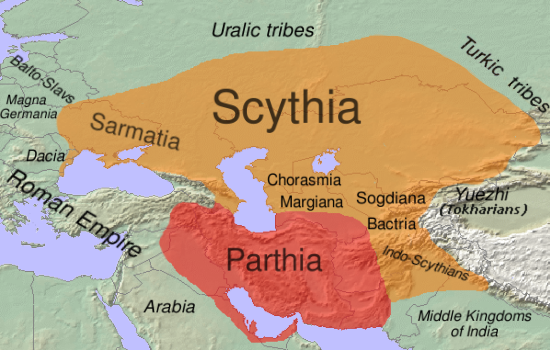
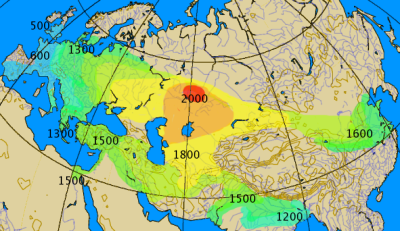
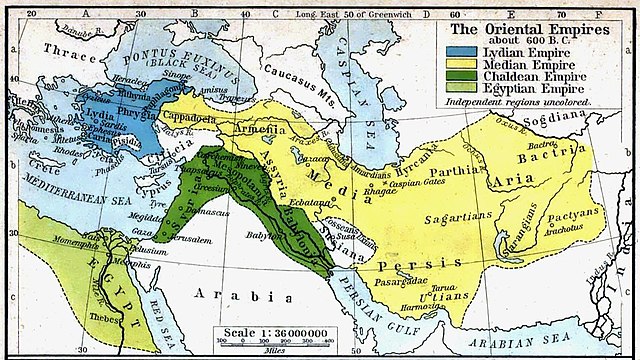
_(4689076272).jpg)
